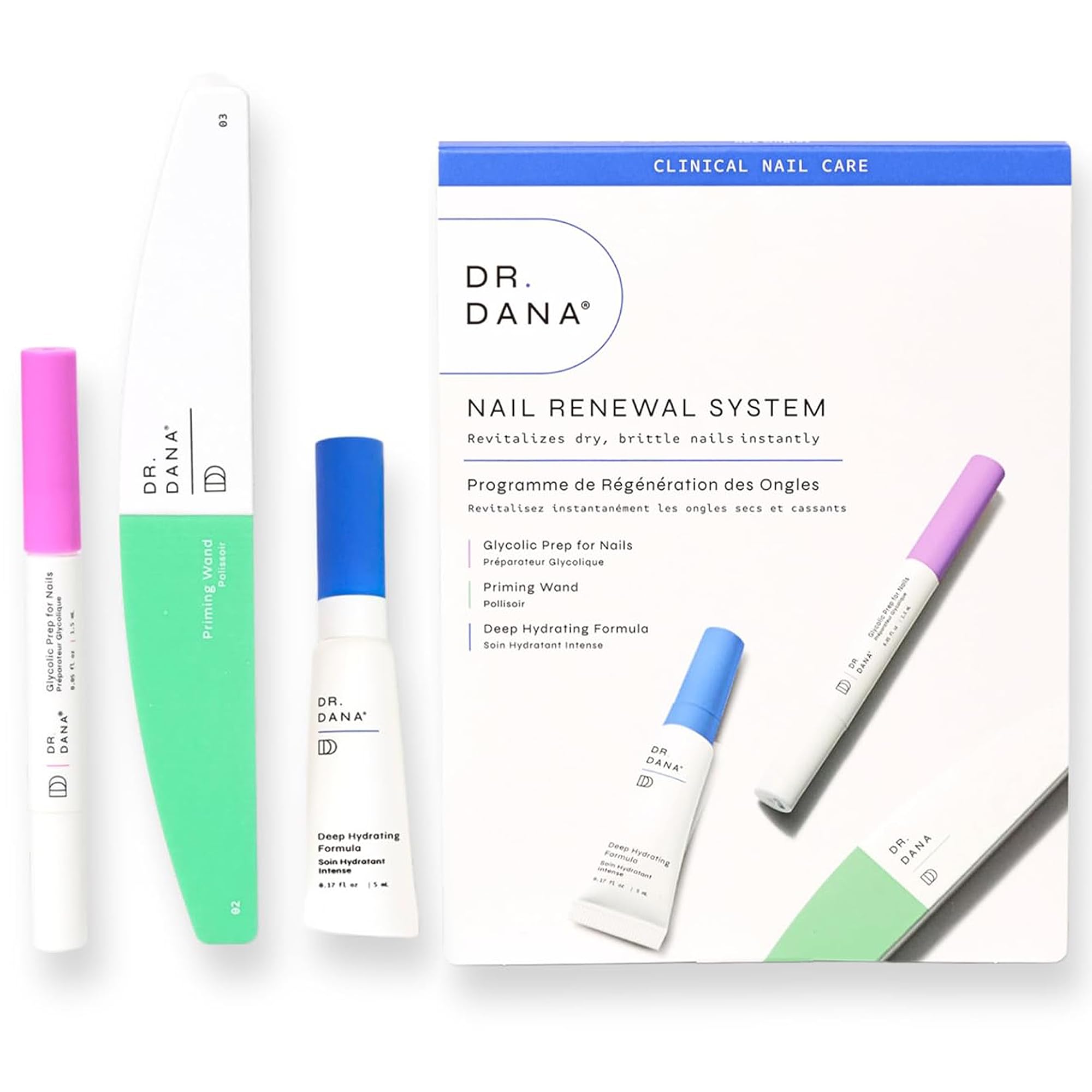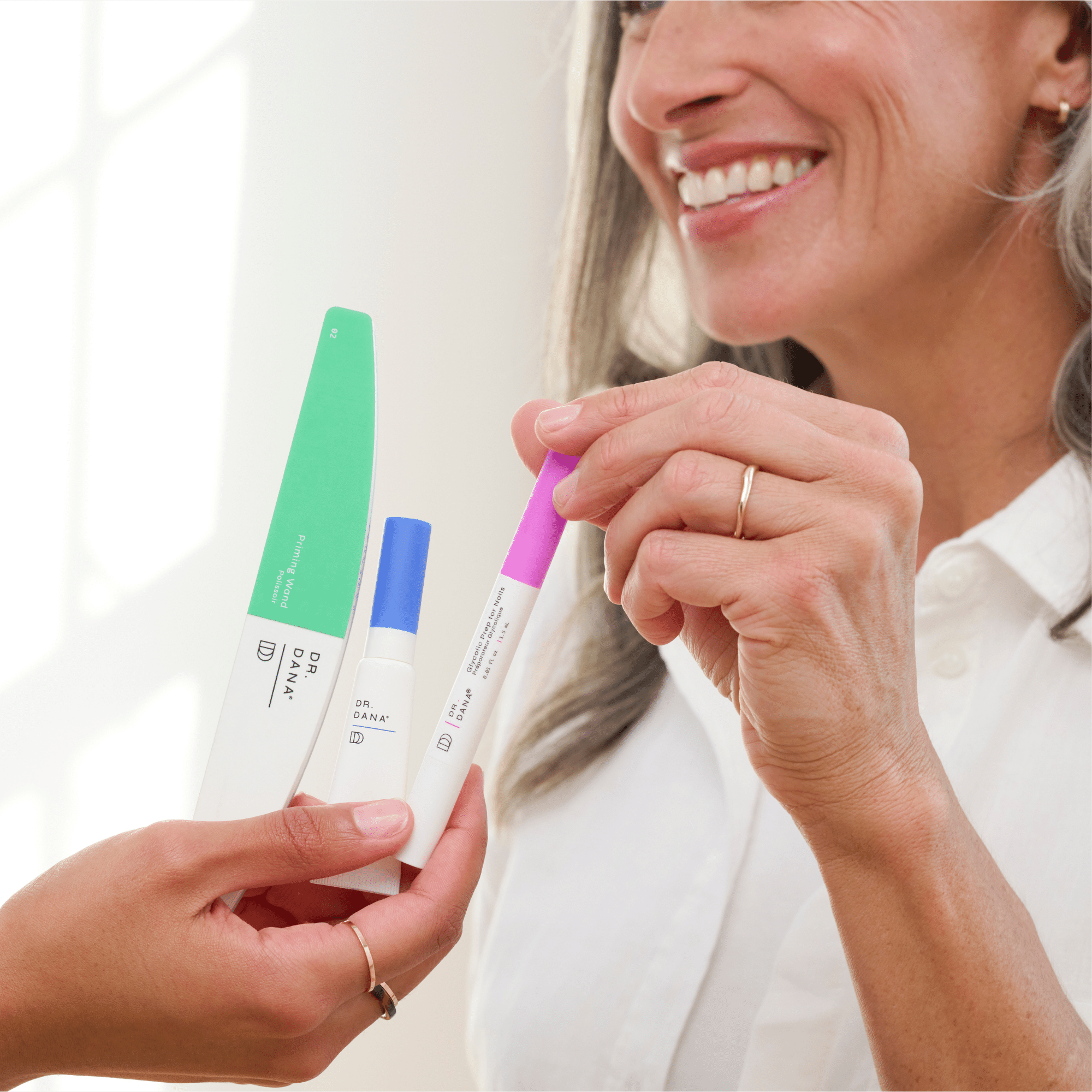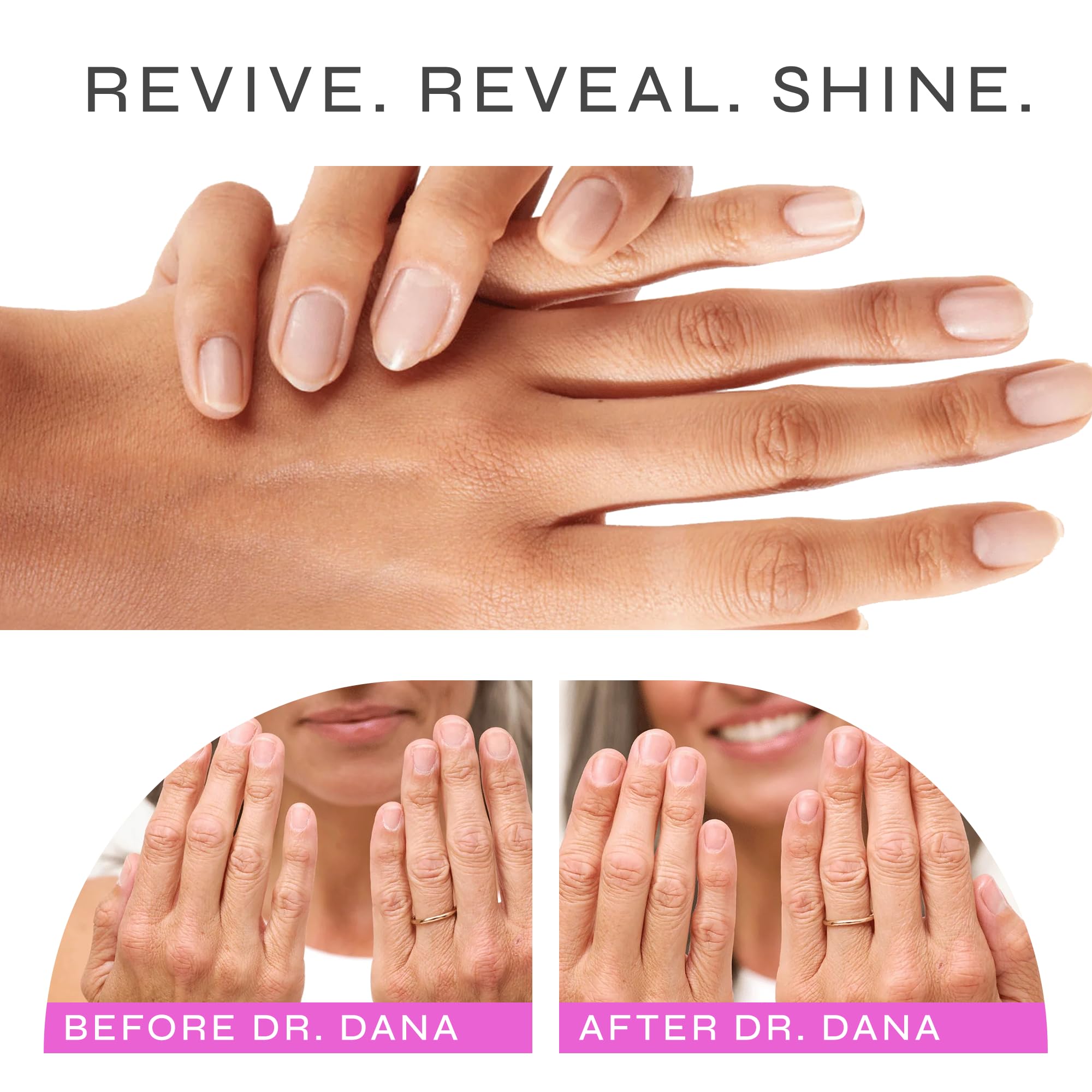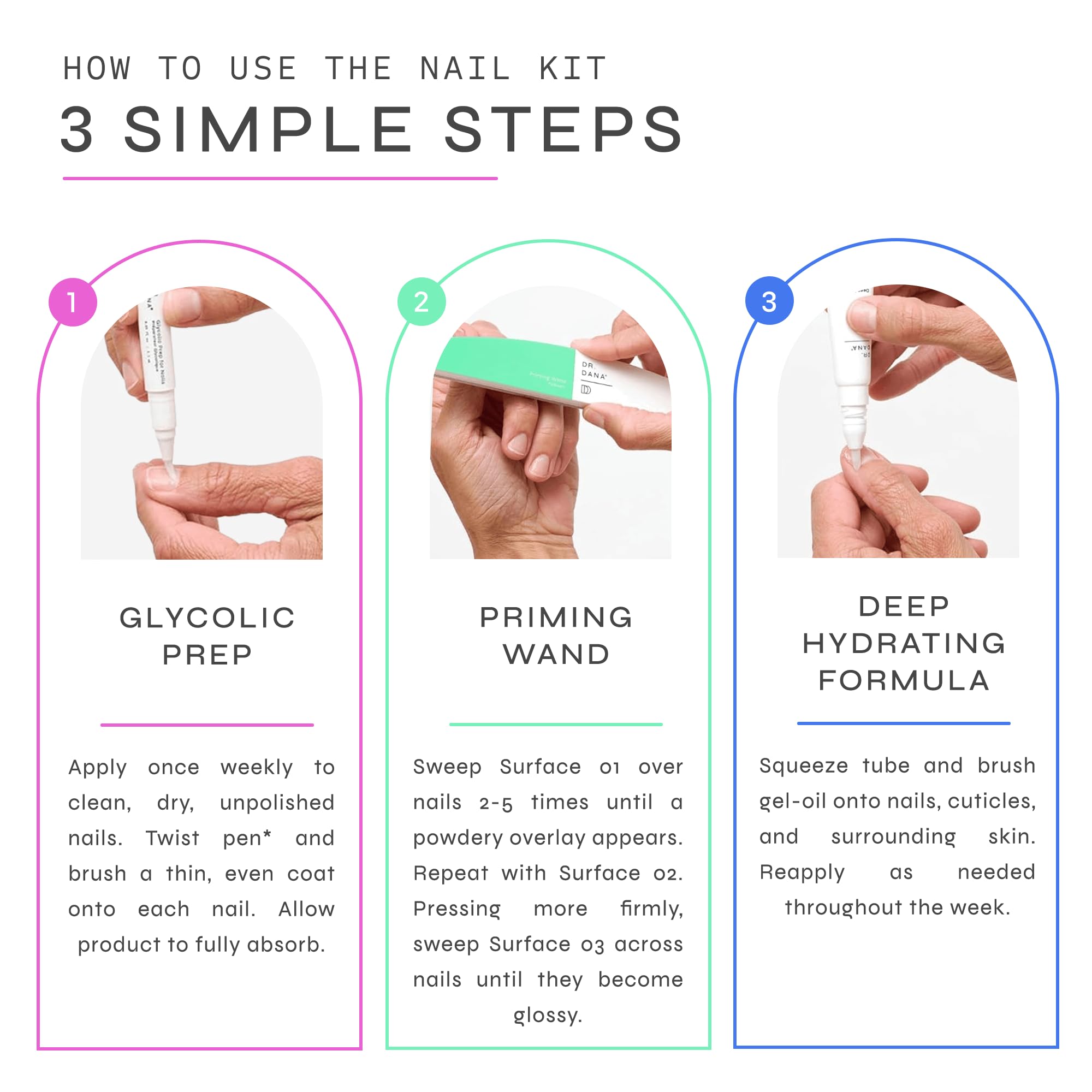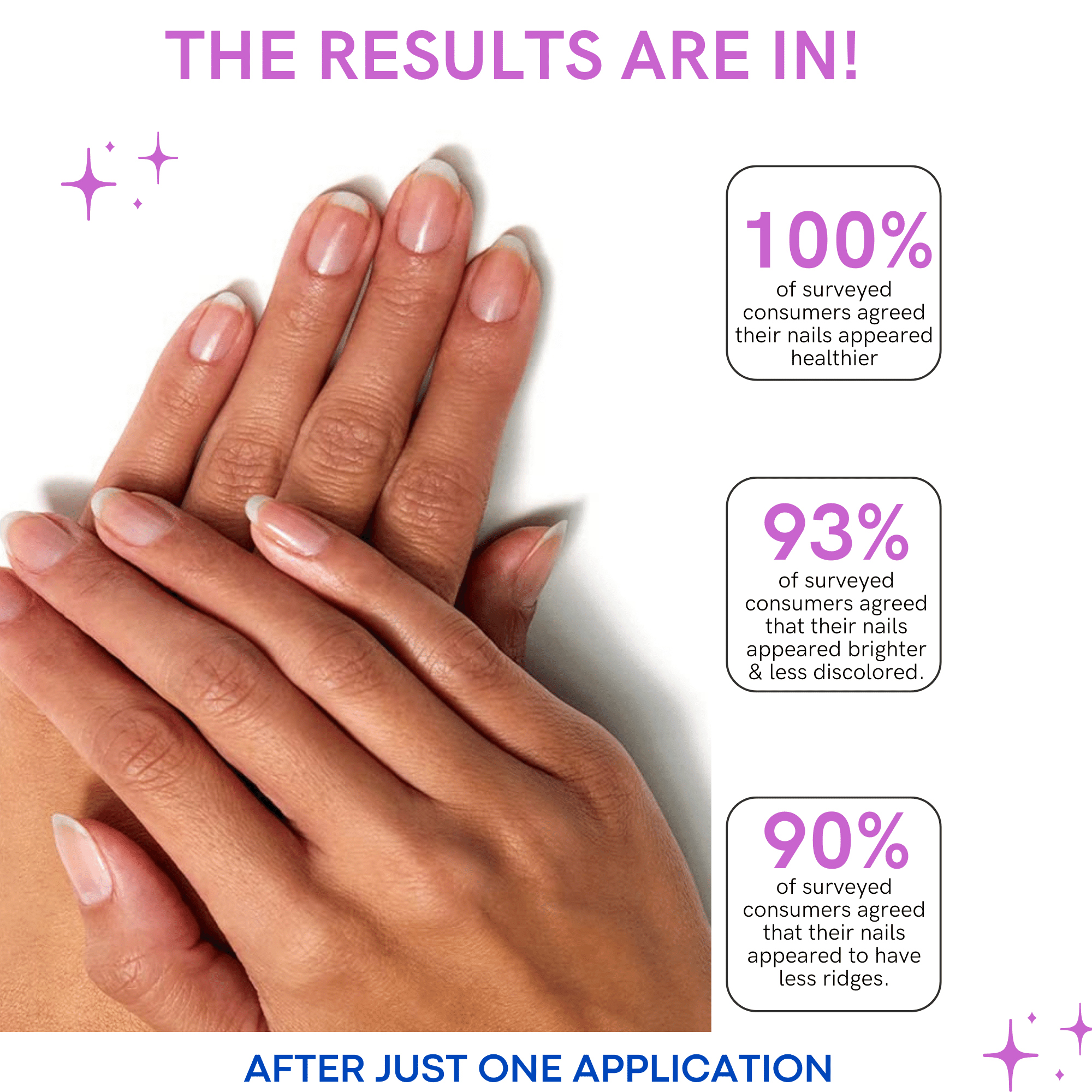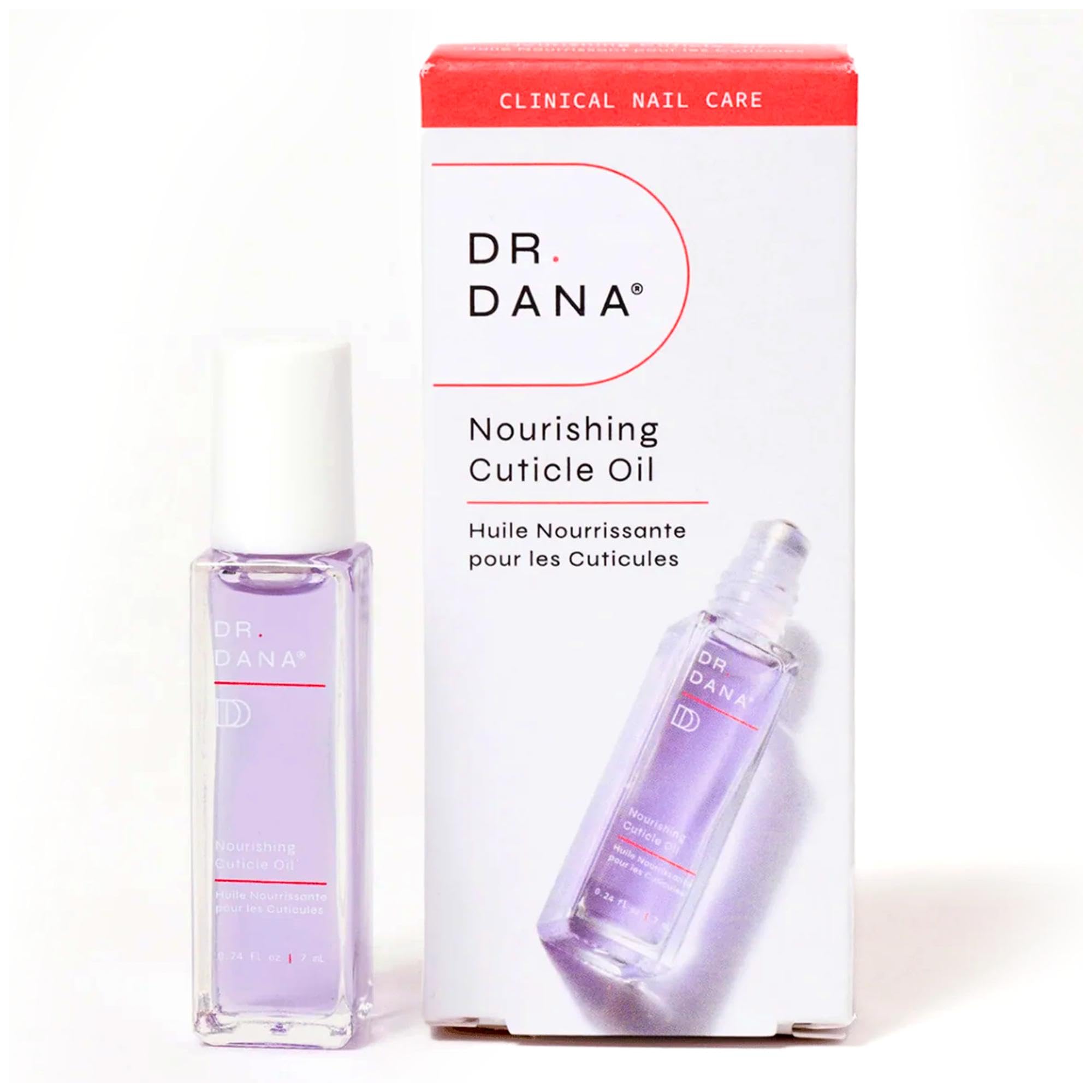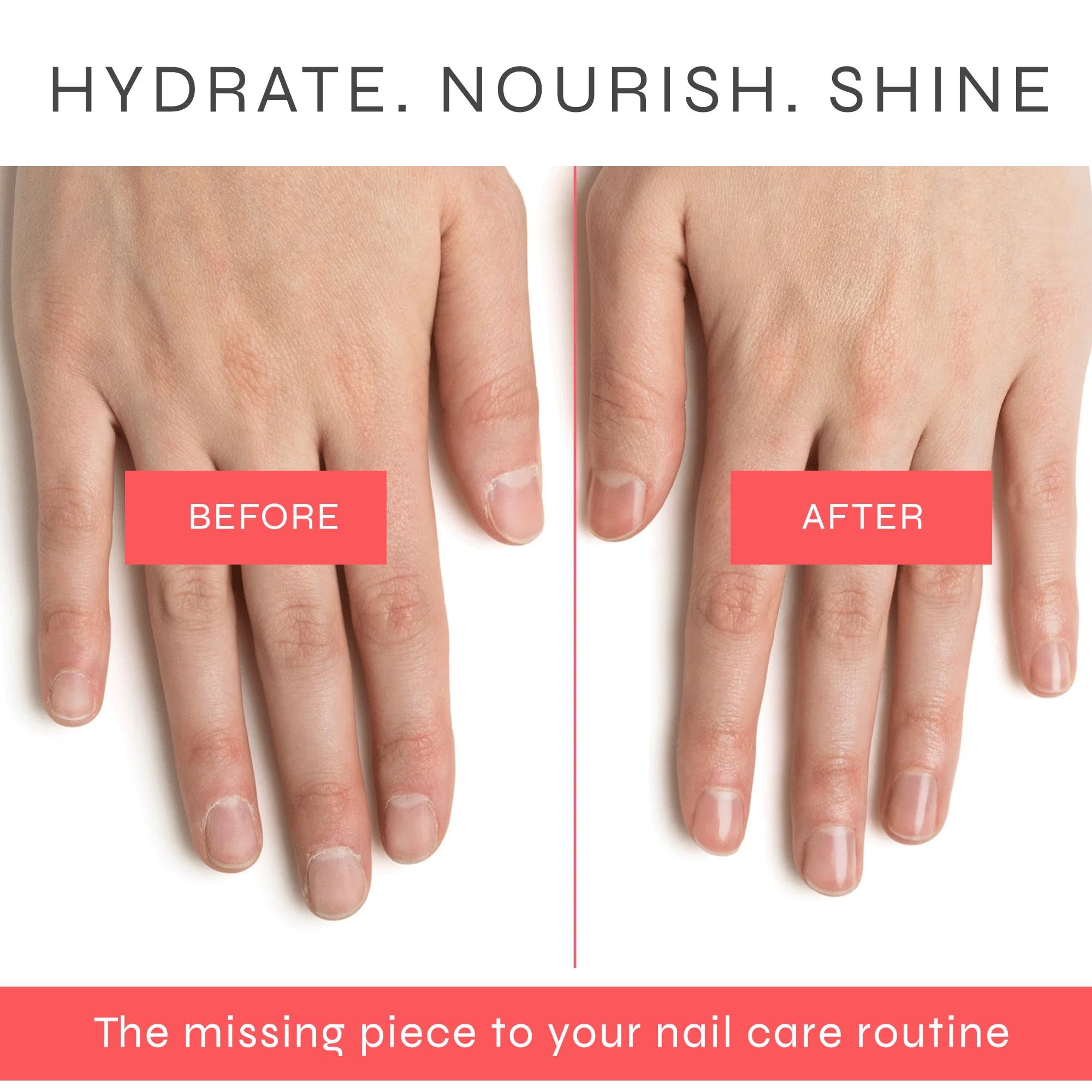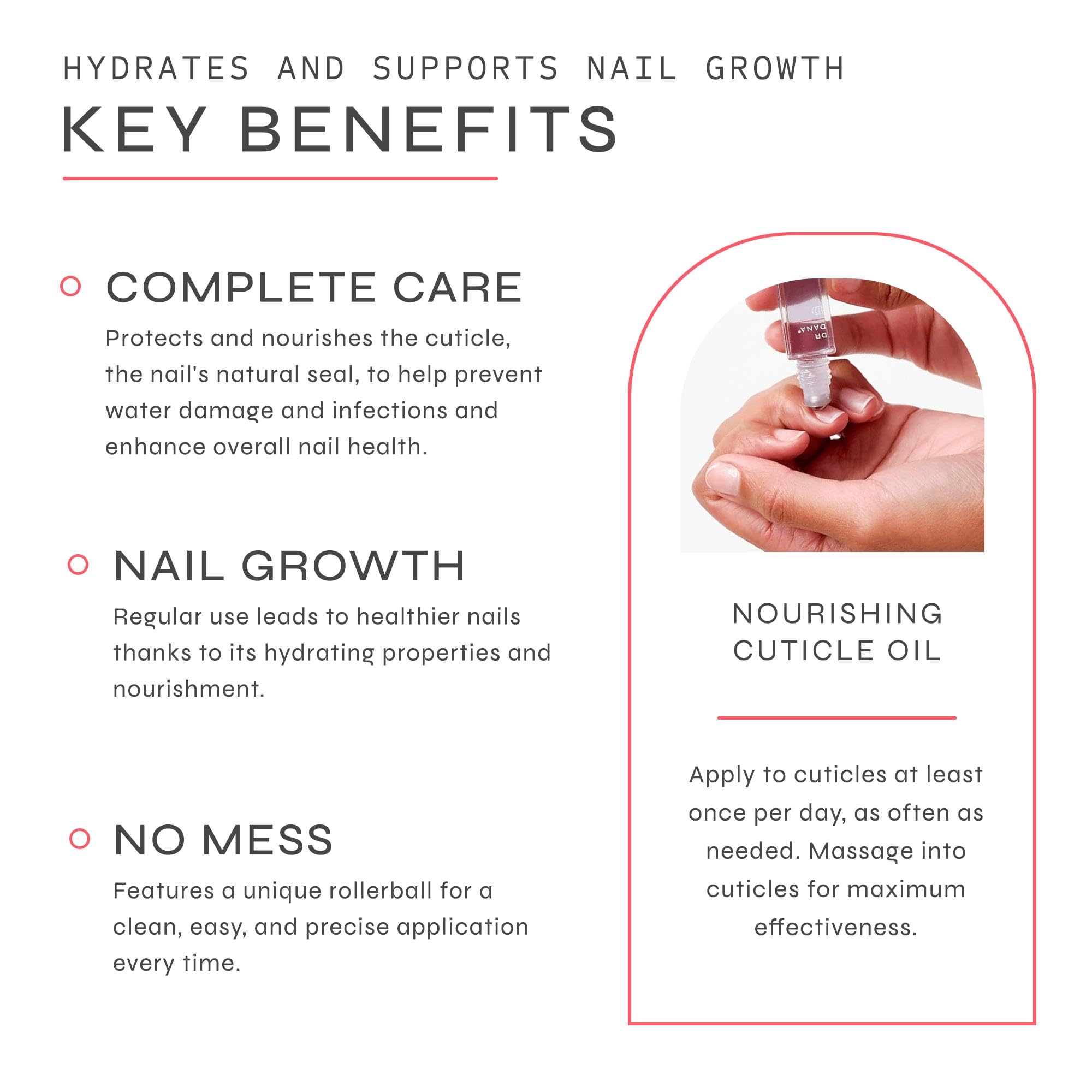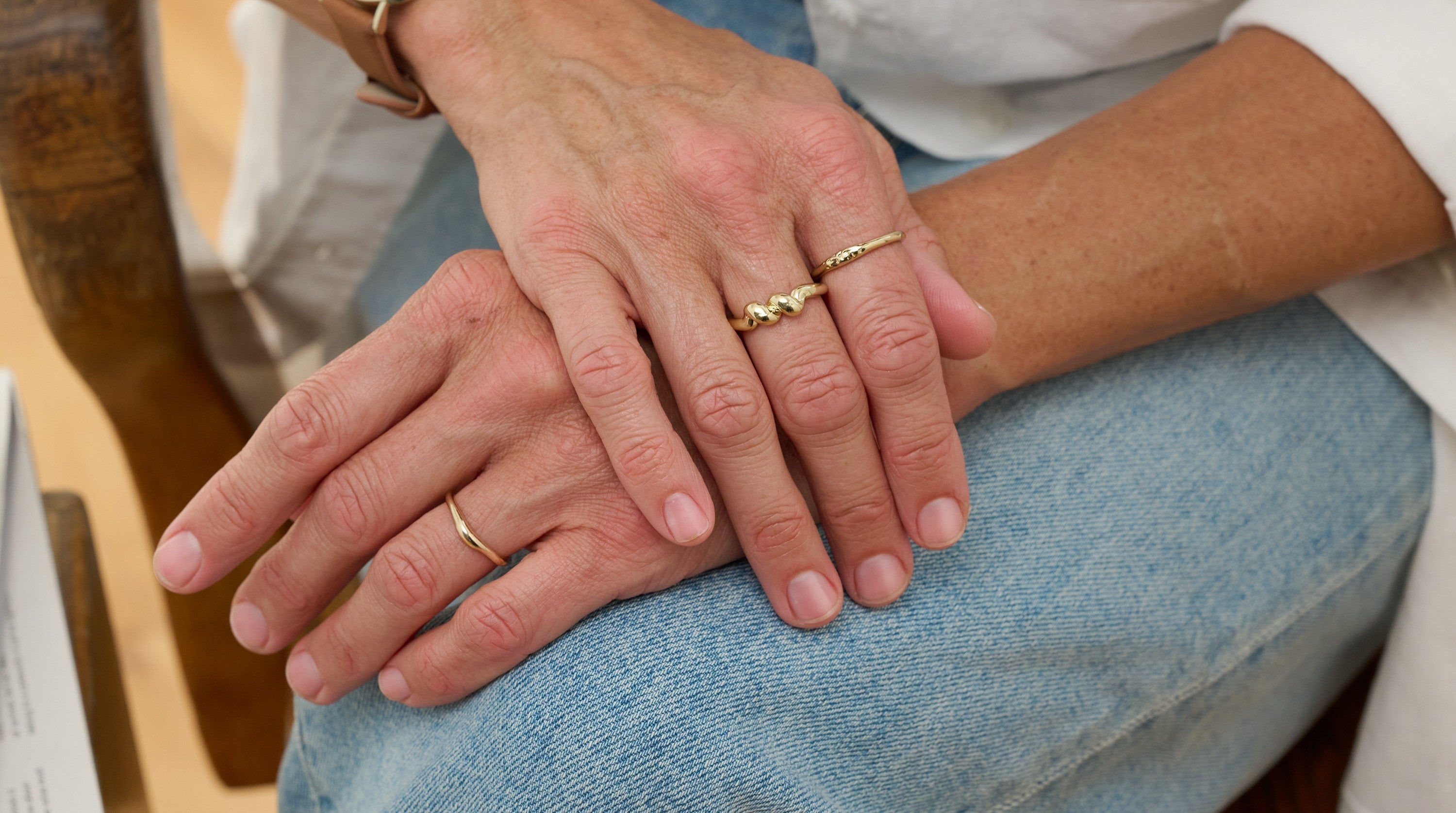Spring is finally here and soon enough we will be trading our heavy winter boots for sandals and paying more attention to our toenails. Have you ever wondered why after a long winter of Christmas cranberry toenails, your nails can take on a yellow hue?
While yellow polish can be fun and vibrant, if your toenails are giving off a lemony vibe and there’s no polish on them, it’s time to determine if the issue is cosmetic or suggestive of something possibly more serious.
Nail polish can stain your nails
One of the most common causes of yellow fingernails and toenails is from secondary staining from nail polish. Because the porosity of the nail is variable, some people just inherently have more porous nails that are more prone to pigment absorption and thus secondary yellowing.
Another factor is the dye content of the polish. Not all polish dyes are alike. Generally, the darker the color, the more the pigment has an opportunity to migrate and leach into the nail plate to cause yellowing.
While darker colors tend to be to blame more often, this phenomenon can also occur with lighter colors.
Polish remover is another culprit!
Another common cause of polish induced nail yellowing is from polish remover. Polish remover dissolves polish which can result in the migration of pigments that then can leach into the nail plate and result in a yellow discoloration of the nails.
Theoretically the longer the soak, the more leaching that will potentially occur so things like soak off gels that require a good 10 minute soak can be detrimental.
What else could be the cause of yellow fingernails?
How do we distinguish polish induced yellowing from other causes of nail yellowing? When the cause is purely from polish, the nail will generally be healthy looking and intact but have a yellow hue throughout.
The surface will be smooth and a normal thickness as opposed to fungal nails where there is thickening or subungual (under the nail) crumbling. And the cuticle will have a healthy, intact barrier. Importantly, there will be a history of prior polish application.
Fixes for yellow nails
Polish induced nail yellowing is a cosmetic issue and the good news is that there are several options for treatment. The first is to take a nail polish holiday and to avoid polish application for 2-4 weeks.
For those who want a treatment solution, severe stains can be lightened by using a dilution of Hydrogen Peroxide.
At home remedy:
- Combine three to four tablespoons of Hydrogen Peroxide and 1/2 cup of water and mix well
- Then soak nails for 2 minutes.
- Using a soft toothbrush, gently scrub the surface of the nails. Rinse with water.
- Repeat 2-3 times per week as needed.
Alternatively, you can use a whitening toothpaste as these are formulated with Hydrogen Peroxide.
To prevent polished induced staining it is important to keep the nail healthy. Over filing the surface can theoretically lead to increase pigment leaching into the nail.
Don’t forget to use a good quality base coat prior to polish application. Lastly, try to remove polish quickly. If you need to rub for 10 minutes then the pigments have a better opportunity to leach into the nail.
Other “non-medical” causes of nail yellowing include staining from ingredients such as tobacco, tanning products or Henna. In these cases a thorough exposure history will usually uncover the yellowing culprit.
Yellow nails and medical conditions
There are several causes of yellow fingernails and toenails that are due to medical conditions namely fungus, onycholysis and yellow nail syndrome.
Fungal infections
Nail fungus (onychomycosis) affects approximately 35 million people in the United States and these infections are far more common on the toenails. Toenails can appear thick, yellow, and crumbly.
Proper diagnosis and treatment are essential to be able to achieve resolution. Most toenail fungus starts off as athlete’s foot, and then enters the nail when there is an injury or lifting of the nail. Even overly aggressive pedicures can result in nail lifting and pose a risk.
Nail separation
Speaking of nail lifting, onycholysis, or separation of the nail plate from the underlying nail bed is another potential cause of nail yellowing. This common condition can be observed on both the fingernails and toenails.
When the nail lifts off of the nail bed, the nail will appear as a white to yellow opacity in the area of separation. Although there are many causes of nail separation, the most common include overly aggressive cleaning under the nail, trauma from tight shoes or activities that cause the toe to hit the tip of the shoe, and more rarely, inflammatory conditions such as nail psoriasis.
Treatment will usually include adherence to a strict irritant avoidance regimen where nail polish remover and exposure to household chemicals and water is avoided. Polish removers are strong solvents that will cause irritation to the delicate nail bed tissue when there is an opening under the nail plate.
Additionally, a prescription topical anti-yeast treatment will often be needed and so you will need to seek medical attention from a physician.
Yellow Nail Syndrome
Yellow Nail Syndrome is another non-cosmetic cause of nail yellowing. In this more rare condition, the toenails appear thick and have a yellow to green tinge and frequently lack a cuticle as well as lunula (the half moon that is usually visible on the thumb nail and great toenail).
Yellow Nail Syndrome is due to failure of the nail to grow sufficiently and is associated with lymphatic disease as well as lung disease or malignancy. The underlying disorder must be treated but tends to be chronic.
Now that you have a better understanding of what causes yellow nails, you should be better equipped to manage the issue. And just in time for sandal season!



